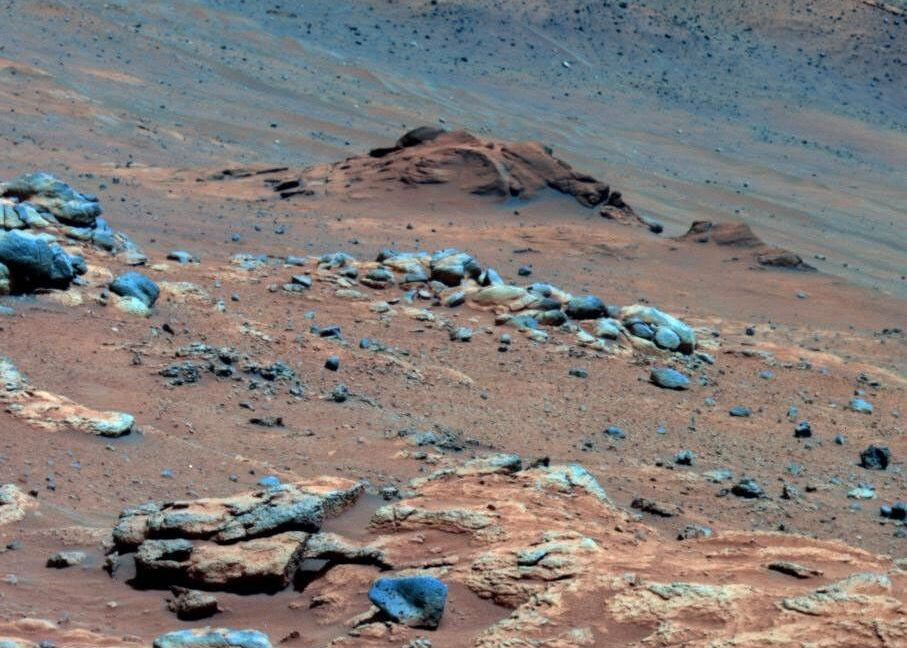
A new Martian climate model suggest a mostly cold, harsh environment
How did your country report this? Share your view in the comments.
Diverging Reports Breakdown
A new Martian climate model suggest a mostly cold, harsh environment
Scientists have built the first long-term climate model for Mars. The model includes topography, the luminosity of the Sun, and other factors. It was built 3.5 billion years ago, when the planet was at the onset of a period of salts. The results mean that any Martian life would have had a rough time of it.. The study was published in the journal of the Proceedings of the Royal Society of London, and was co-authored by Benjamin Tutolo, a University of Calgary researcher.
Based on these findings, a team of scientists led by Benjamin Tutolo, a researcher at the University of Calgary, used this data to conclude Mars had a carbon cycle that could explain the presence of liquid water on its surface. Building on that earlier work, a team led by Edwin Kite, a professor of planetary science at the University of Chicago (and member of the Curiosity science team) has now built the first Martian climate model that took these new results into account. The model also included Martian topography, the luminosity of the Sun, latest orbital data, and many other factors to predict how the Martian conditions and landscape evolved over the span of 3.5 billion years.
Their results mean that any Martian life would have had a rough time of it.
Martian seas
The model Kite’s team built was unique in that it captured evolution of the Martian landscape and climate over an extremely long time. “This has been under development for the last couple of years, along with the paper on the carbonate rocks,” says Tutolo, who was the second author of Kite’s study.
Earlier models we used to simulate long-term climatic changes on Mars lacked spatial resolution, basically treated the entire planet as a single pixel and evolving this pixel over billions of years. On the other hand, models that had high spatial resolution—taking into account all the hills, mountains, and riverbeds—could only be run over relatively short time spans. “To the best of my knowledge, we built the first spatially resolved, long-term climate evolution model for Mars,” Kite said. His team started the run of this new model 3.5 billion years ago, when the planet was at the onset of a period Kite calls the “era of salts.”
